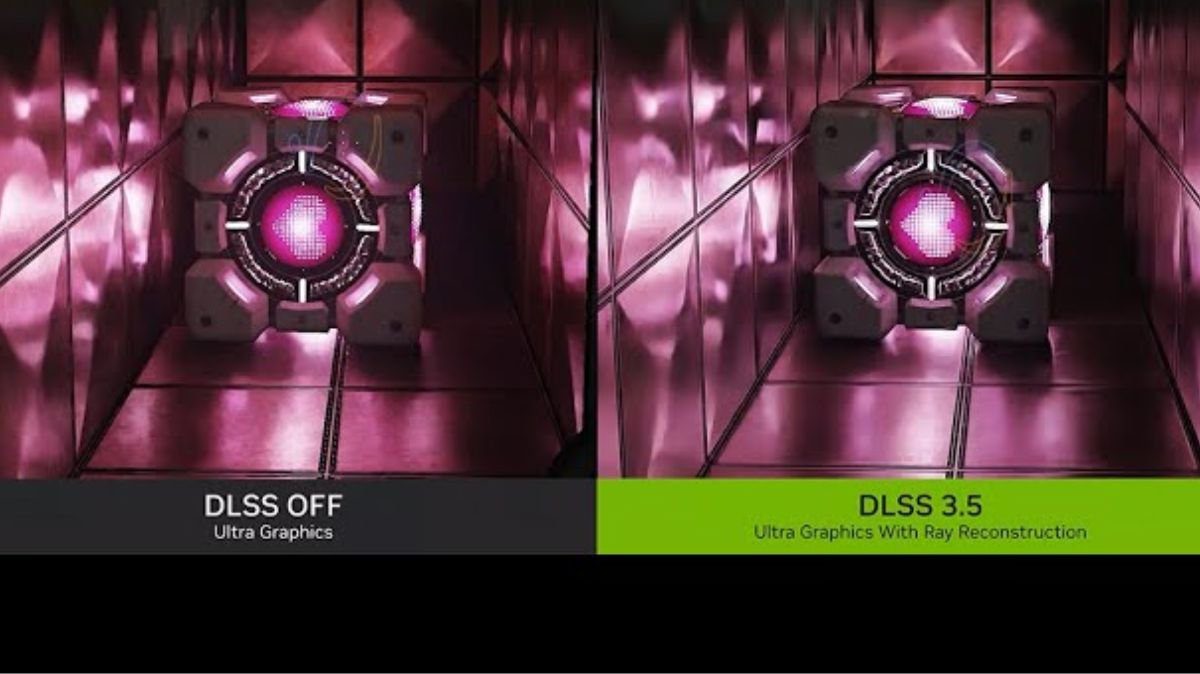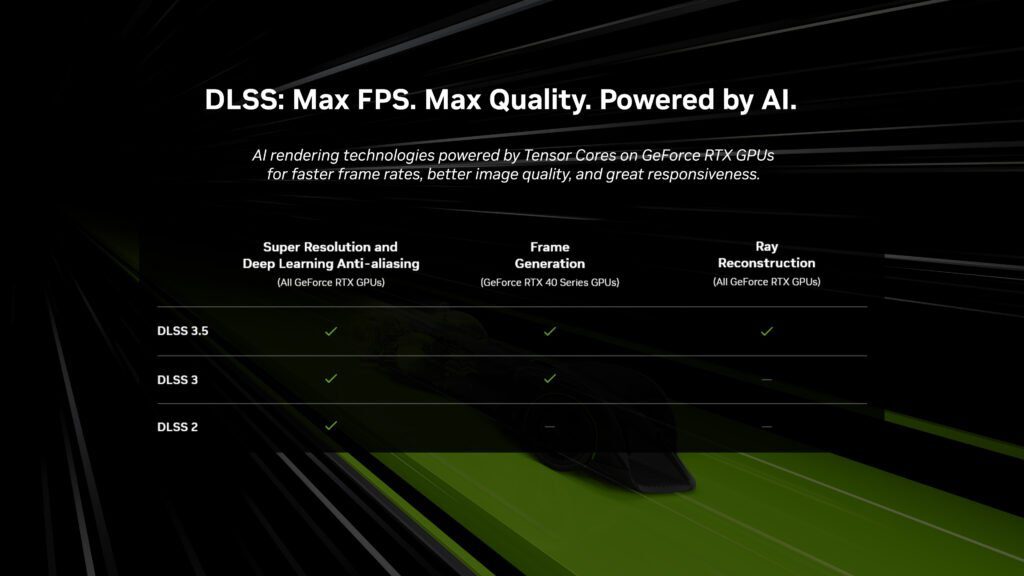In order to commemorate the release of NVIDIA DLSS 3.5 in Cyberpunk 2077: Phantom Liberty, Digital Foundry held a roundtable video chat with a number of special guests. Among those in attendance were Bryan Catanzaro, Vice President of Applied Deep Learning Research at NVIDIA, and Jakub Knapik, Vice President of Art and Global Art Director at CD PROJEKT RED.
DLSS 3.5: NVIDIA’s Contribution
When talking about the new technology, NVIDIA’s Bryan Catanzaro noted that not only is DLSS 3.5 more attractive than native rendering, but in a way, its frames are more real when coupled with path tracing than native rendering when using the old rasterized methodology. This was said by Catanzaro in reference to how native rendering creates images using a rasterized method.
To tell you the truth, I believe that DLSS 3.5 is responsible for even further enhancing Cyberpunk 2077’s already stunning visuals. That is how I see things. Again, this is due to the fact that the AI is able to make decisions regarding how to display the picture that are more intelligent than those that we were previously capable of making without the assistance of AI. That’s something that’s going to keep evolving, in my opinion.
When compared to standard visuals, the frames in Cyberpunk 2077 that make use of DLSS (including Frame Generation) appear far more “real.” If you consider all of the graphic trickery, such as occlusions, artificial reflections, and shadows, as well as screen-space effects…Doesn’t everyone agree that raster in general is just a big bag of lies? Now that we have that information, we can toss it out and begin doing path tracing. If we’re lucky, we’ll end up with real shadows and true reflections.
The only way we will be able to accomplish that is by using AI to create a large number of pixels. Without the use of gimmicks, rendering via path tracing would need an excessive amount of computer power. Therefore, we are modifying the kind of methods that we make use of, and I believe that, at the end of the day, we are obtaining a greater number of genuine pixels with DLSS 3.5 than we were previously.
Jakub Knapik, who works for CDPR, agreed with him and referred to rasterization as “a bunch of hacks” placed one on top of the other.
It feels strange to say it, but I am in agreement with you. You bring up a very intriguing point when you ask, “What’s the tradeoff here?” This perspective is quite interesting. On the one hand, you have a rasterizing approach that is a collection of hacks, as Bryan described it earlier. You have a repository of rendering layers, but they are not in any way balanced with one another; instead, you are simply piling one on top of the other to generate frames.
Every single layer is a trick, an approximation of reality; screen space reflections and everything else like that; and you generate pixels in this manner as opposed to having a far more accurate definition of reality using path tracing, where you generate something in the middle (DLSS).
In the past, it was possible to state that you were sacrificing some quality in exchange for performance when you used DLSS. However, with DLSS 3.5, the image is actually and unquestionably better looking than it would be without it.Link Here
The topic of ‘fake frames’ was brought up for the first time in conjunction with DLSS Frame Generation. This is due to the fact that DLSS Frame Generation generates one frame independently of the rendering pipeline and inserts the’simulated frame’ after every’real frame.’ This sparked the beginning of the discussion on fake frames. However, the performance improvement that is afforded by the created frames is undeniably significant.
This is especially true in CPU-bound games, where the conventional upscaler can only do so much, while the generated frames are able to do significantly more. It’s not a surprise that AMD is going in the same direction with FSR 3, which will shortly make its premiere in games like Forspoken and Immortals of Aveum.
Regarding DLSS 3.5 in particular, the brand-new Ray Reconstruction feature offers significant improvements to the image’s overall quality whenever both upscaling and ray tracing are enabled at the same time. My test for Cyberpunk 2077: Phantom Liberty contains more information on this topic. Visit this site if you want to read the complete review of the game.



[…] contains the exclusive next-generation technologies like NVIDIA DLSS 3.5, which features Ray Reconstruction and OptiX, as well as the NVIDIA Studio collection of AI tools. […]
[…] eager to learn more. There are a lot of individuals that think of it as an alternate to what NVIDIA has called their “Frame Generation.” This feature accomplishes, in layman’s words, […]
[…] Prelude RTX Can Use DLSS 3 on 20/30-Series GPUs, but Maybe […]
[…] NVIDIA’s DLSS 3 Frame Gen and AMD’s Fluid Motion […]